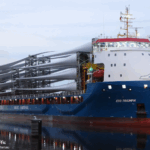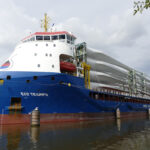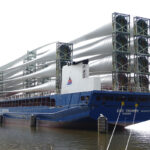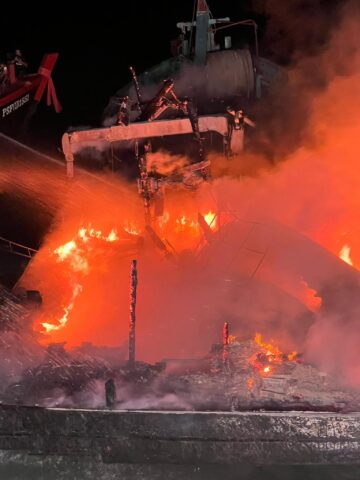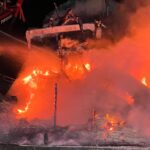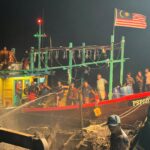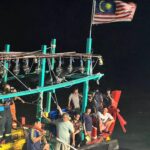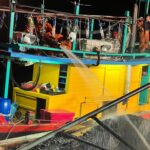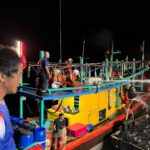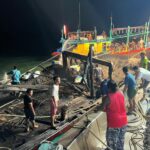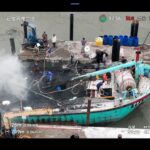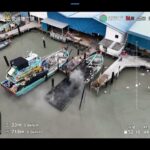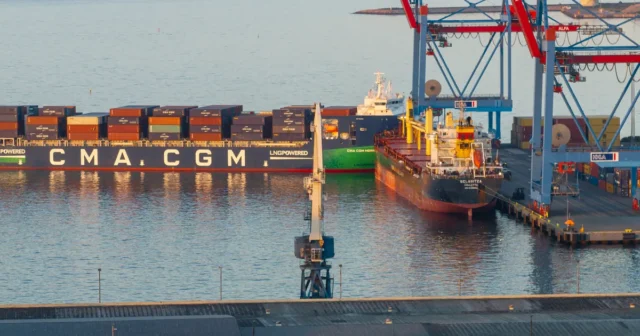Eco Triumph
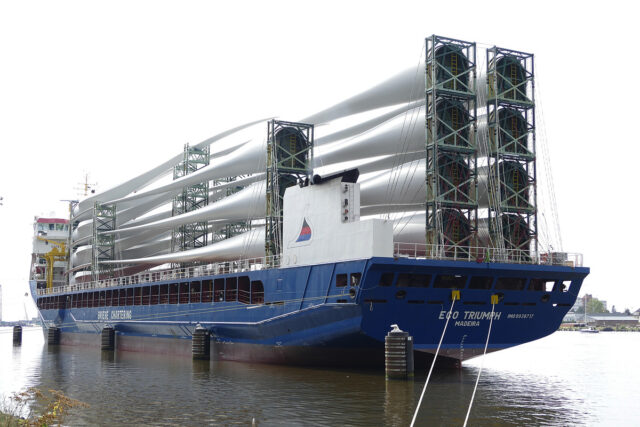
On the afternoon of September 8, the 133 meter long, 9000 dwt cargo vessel Eco Triumph (IMO: 9938717) became disabled on the Kiel Canal near Dükerswisch, Germany. The Eco Triumph was bound to Świnoujście from Cape Town with a cargo of turbine blades when it suffered engine failure. Authorities dispatched tugs to tow the cargo vessel back to Brunsbüttel. Reports state the vessel will be allowed to proceed to Kiel only if accompanied by a tug, but the vessel was last reported still at Brunsbüttel on September 10. No reports of injuries, damage or pollution released.
